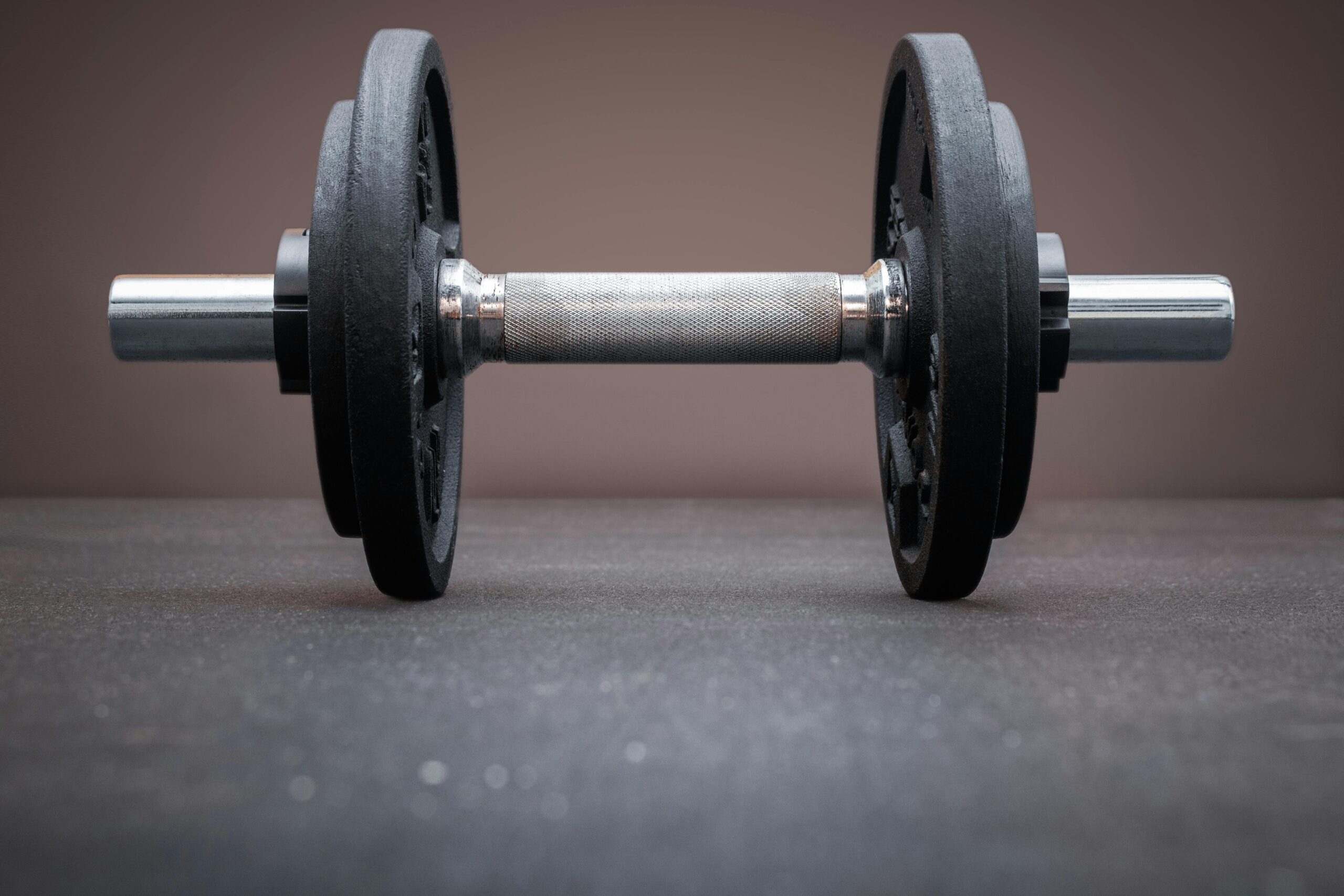Unlocking the Power of HIIT: An Introduction
High-Intensity Interval Training, commonly known as HIIT, has surged in popularity among fitness enthusiasts and athletes alike, thanks to its efficient approach to exercise. At its core, HIIT involves alternating between short bursts of intense effort and periods of rest or low activity. This method challenges the body in ways traditional steady-state workouts often do not, making it a favorite for those seeking maximum results in minimal time. But beyond the buzz, what makes HIIT so effective? In the following exploration, we will delve into the physiology behind HIIT, its numerous health benefits, how to safely implement it, and considerations to keep in mind for different fitness levels. Understanding these aspects can help you determine if HIIT is the right training style for your goals.
The Science Behind HIIT: How Interval Training Works
HIIT trains the body to adapt to intense physical demands by pushing it close to its maximum effort before allowing recovery. This alternation activates fast-twitch muscle fibers, responsible for explosive power and strength, that traditional endurance training doesn’t target as effectively. During a HIIT session, the cardiovascular system works at elevated levels, increasing heart rate and improving oxygen consumption (VO2 max). Post-exercise, the body experiences Excess Post-exercise Oxygen Consumption (EPOC), where metabolism remains elevated, burning more calories even while at rest. This metabolic boost contributes significantly to fat loss and improved cardiovascular health. The mix of anaerobic and aerobic training creates comprehensive physiological benefits, enhancing both stamina and muscle endurance in a condensed timeframe.
Time Efficiency and Fat Loss: Why HIIT Gets Results Fast
One of HIIT’s biggest appeals is its ability to deliver significant health and fitness benefits quickly. Where traditional workouts might require an hour or more, HIIT sessions often last between 15 to 30 minutes without sacrificing intensity or outcomes. This efficiency makes it perfect for those with busy schedules, allowing exercise to fit into demanding lifestyles. Moreover, due to its high intensity, HIIT accelerates fat burning, especially visceral fat, which surrounds internal organs and is linked to various metabolic diseases. Studies show that HIIT can reduce body fat percentage more effectively than moderate-intensity continuous training, making it a powerful tool for weight management and improving body composition.
Structuring a HIIT Workout: Tips for Maximizing Benefits
Designing an effective HIIT routine requires careful consideration of intervals, intensity, and recovery. Common structures include work periods lasting from 20 seconds to 1 minute, followed by rest intervals of equal or slightly longer duration. Exercises can range from sprinting and cycling to bodyweight movements like burpees and jump squats, depending on fitness level and goals. A balanced HIIT session typically alternates muscle groups and includes warm-up and cool-down phases to prevent injury and promote flexibility. Importantly, progression should be gradual: increasing either the length of intense intervals, the number of repetitions, or reducing rest as fitness improves. Personalizing intensity using heart rate zones or perceived exertion helps maintain training safely and effectively.
Safety Considerations and Suitability for Different Fitness Levels
Although highly effective, HIIT is physically demanding and may not be suitable for everyone without modifications. Beginners should start with lower intensity and longer rest periods to build endurance and avoid injury. Individuals with cardiovascular or metabolic conditions should consult healthcare professionals before starting HIIT. Proper technique is critical, particularly during explosive movements, to reduce the risk of strains or joint issues. Additionally, allowing adequate recovery between HIIT sessions, usually 48 hours, is essential to prevent overtraining and support muscle repair. By tailoring HIIT protocols to individual needs and paying attention to body signals, this training can be a sustainable and empowering component of a fitness regimen.
Embracing the HIIT Lifestyle: Sustaining Long-Term Fitness
Integrating HIIT into a regular exercise schedule offers more than just physical benefits; it encourages a mindset of efficiency, intensity, and mindful progression. Its diverse and adaptable nature reduces monotony, helping individuals stay motivated. Coupled with proper nutrition and rest, HIIT can lead to sustained improvements in metabolic health, mental stamina, and overall quality of life. Many find that the confidence gained from pushing through intense intervals spills over into other areas of daily living. By respecting the body’s limits while consistently challenging its capacities, HIIT becomes not merely a workout choice but a lifestyle approach that fosters resilience and health over time.
Reflecting on the impact of High-Intensity Interval Training reveals why it stands out in the fitness world today. Its foundation in scientific principles promotes efficient cardiovascular and muscular adaptations, making it ideal for enhancing performance and burning fat. The remarkable time-saving nature of HIIT democratizes fitness, allowing individuals with busy schedules to still experience tangible results. When workout design is thoughtfully executed, respecting recovery and individual capacities, HIIT advocates a safe and dynamic path to fitness. Ultimately, adopting HIIT involves more than physical exertion; it is a commitment to a proactive, health-centered lifestyle that evolves with your progress and keeps you engaged in the journey toward your well-being goals.
